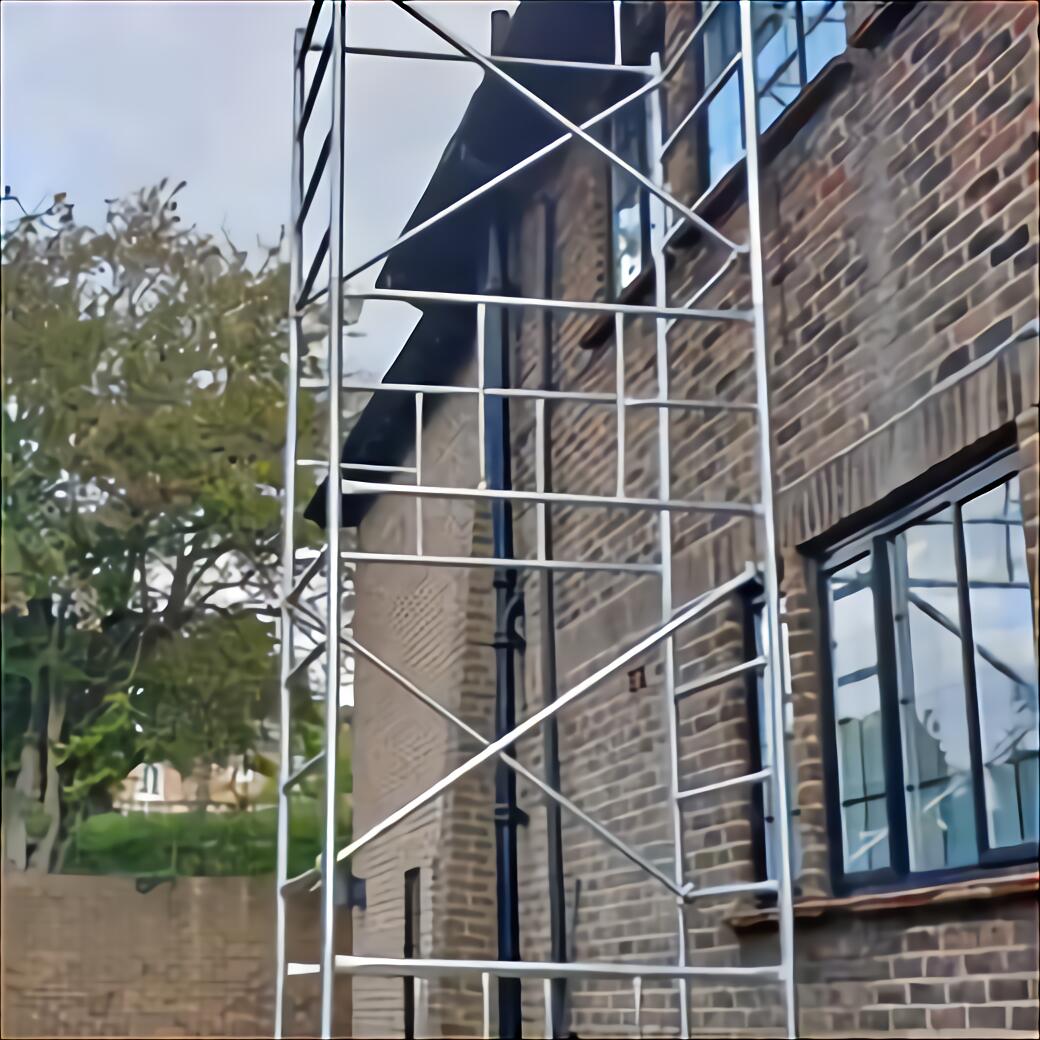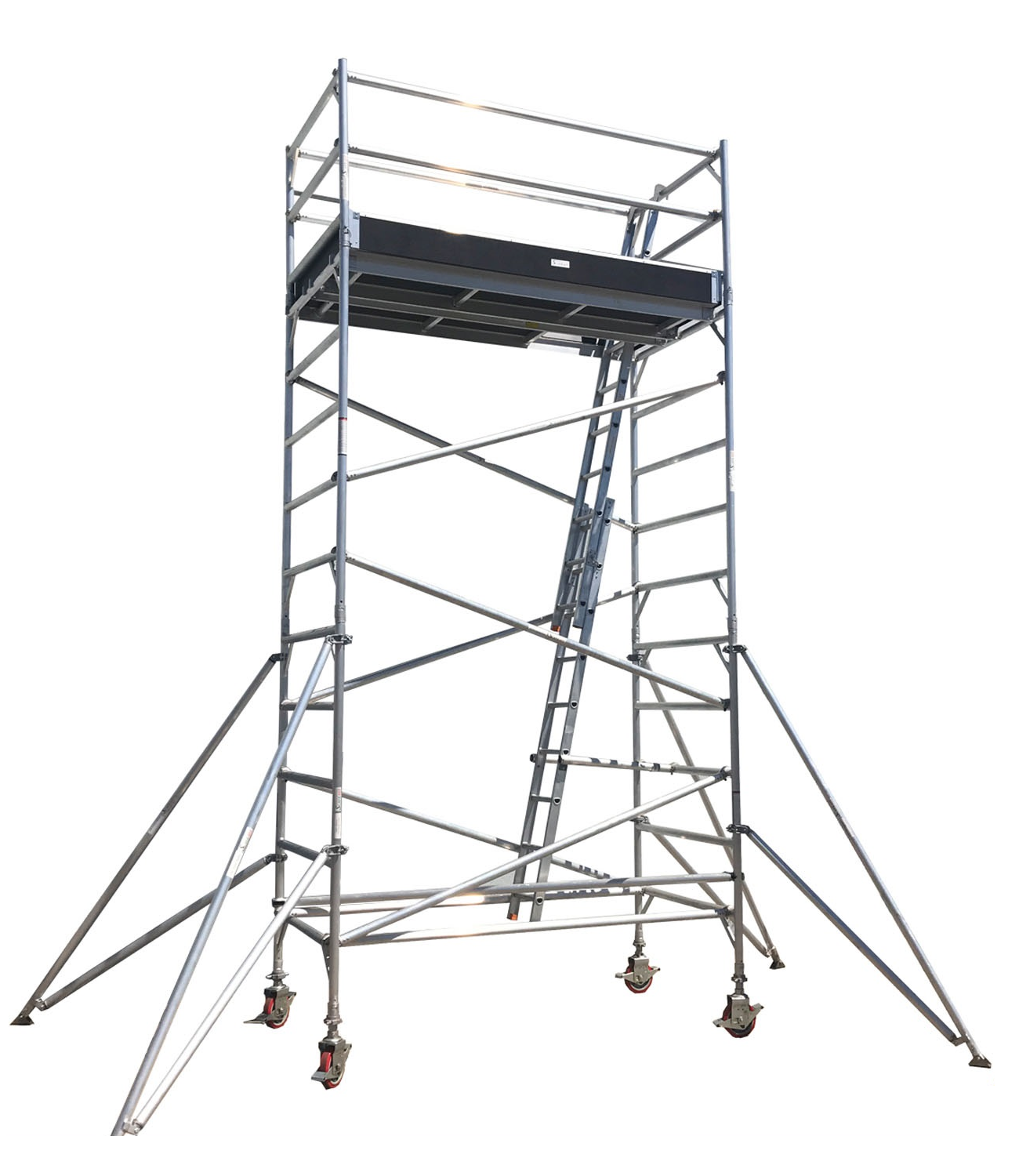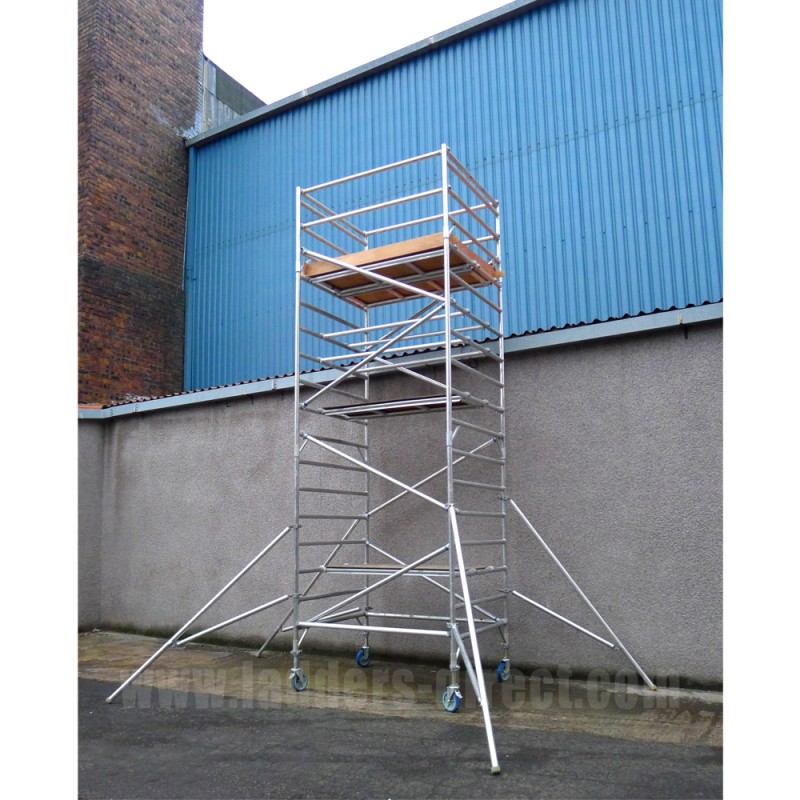The Duty of Scaffolding in Historical Building Repair
Scaffolding is essential in historical structure reconstruction for comprehensive gain access to, architectural security, and security compliance. Different products like steel, aluminum, and wood are used, each offering unique advantages. Techniques such as steel braces and carbon fiber wrapping strengthen the framework. Specialized access solutions guarantee complete assessment and fragile repair services. https://paddingtonscaffolding.co.uk Adhering to precaution and policies via training and evaluations is crucial. The duty of scaffolding goes beyond support, contributing to the conservation of building heritage via precise reconstruction practices. Learn more about the relevance of scaffolding in historic building remediation by exploring the thorough research findings.
Value of Historical Structure Reconstruction
Protecting historic buildings is necessary for guarding cultural heritage and maintaining a link to the past. These structures hold substantial cultural worth, standing for the history, practices, and identity of an area or a nation. By recovering historic structures, we guarantee that future generations can appreciate and pick up from the building wonders of the past, understanding the evolution of layout and building strategies with time.
The cultural significance of historical structures goes beyond simply their visual allure. They serve as concrete links to our forefathers, supplying understandings into their way of living, ideas, and societal frameworks. Maintaining these frameworks helps us honor the workmanship and virtuosity of previous periods while contributing to a feeling of connection and identification in a rapidly changing world.
Moreover, restoring historical buildings is vital for preserving their building stability. These frameworks usually feature special design elements, complex details, and workmanship that may not be replicable today. Preserving their initial form makes certain that future generations can appreciate and research these architectural wonders, appreciating the ability and vision of the artisans who built them.
Types of Scaffolding Made Use Of
What are the numerous kinds of scaffolding commonly made use of in historical building repair projects? Scaffolding plays a vital role in supplying secure accessibility for employees to execute reconstruction service historic structures. Different types of scaffolding are made use of based on the details requirements of the project. The selection of scaffolding products and modern technology is affected by factors such as the height and weight limitations enforced by the historic structure.
Typical kinds of scaffolding products consist of steel, light weight aluminum, and timber. Steel scaffolding is recognized for its stamina and sturdiness, making it ideal for projects requiring hefty tons. Light weight aluminum scaffolding is light-weight and corrosion-resistant, suitable for projects where flexibility is important. Timber scaffolding, although less usual as a result of security problems and upkeep demands, can still be used for smaller sized remediation jobs.
Technical innovations have actually led to the growth of specialized scaffolding systems like tube and clamp scaffolding, framework scaffolding, and put on hold scaffolding. These systems provide flexibility and efficiency in steering with complicated historical structure frameworks while adhering to elevation and weight constraints, making certain the security of workers and the conservation of the structure.
Structural Support and Stability
Guaranteeing structural assistance and stability is critical in historic structure restoration jobs to secure the integrity of the pile during the repair procedure. This includes a thorough approach to examining the stability of the framework and carrying out required supports to assure its security and durability.
Right here are 4 key factors to consider in maintaining architectural assistance and security:
- First Security Evaluation: Conduct an extensive evaluation of the building's present stability to recognize areas that require instant focus and reinforcement.
- Architectural Reinforcement Strategies: Carry out proven techniques such as adding steel dental braces, carbon fiber covering, or concrete reinforcing to strengthen the existing framework and boost its security.
- Monitoring and Adjustment: Continuously check the structural honesty throughout the repair process, making modifications as needed to maintain stability and protect against prospective threats.
- Expert Oversight: Involve structural designers and restoration specialists to supply assistance and competence in ensuring the structure's architectural security and adherence to safety and security criteria throughout the repair job.
Accessibility for Detailed Remediation Work
To promote meticulous restoration work, making certain detailed accessibility to all locations of the historical structure is necessary for thorough evaluation and conservation efforts. Comprehensive examination and detailed repairs usually need specialized access to get to intricate details that may be hard to reach otherwise.
Historic buildings frequently include fragile architectural aspects and one-of-a-kind workmanship that require mindful attention throughout repair. Specialized access services such as customized scaffolding, aerial lifts, or setting up systems are necessary for remediation experts to browse the detailed attributes of historic structures securely and successfully.
Safety Measures and Rules
Applying rigorous precaution and sticking to guidelines are vital in historical structure reconstruction projects to assure the defense of both employees and the architectural heritage. In these jobs, security training plays a crucial role in making sure that all workers are geared up with the expertise and skills to navigate the special obstacles posed by historical buildings.
Regular equipment examination is likewise important to identify any kind of potential dangers and protect against crashes that might lead to damages to the structure or harm to individuals. Right here are four key safety measures and laws to contemplate:

- Safety Training Programs: Conduct complete security training programs to enlighten workers on the certain risks connected with historic building restoration and the methods for reducing these threats.
- Regular Equipment Assessments: Carry out a schedule for regular examinations of scaffolding, safety harnesses, and other tools to guarantee they meet safety and security criteria and remain in great working condition.
- Adherence to OSHA Rules: Strictly adhere to Occupational Safety and security and Health Administration (OSHA) regulations to keep a secure working environment and stop mishaps.
- Emergency Feedback Strategies: Create detailed emergency situation response intends to attend to any cases quickly and properly, making sure the safety of employees and the preservation of the historic structure.
Protecting Historic Style
Preservation of historical architecture stands as a basic pillar in the conservation of our cultural heritage and building tradition. Historical preservation assurances that substantial frameworks from the past are kept for future generations to value and pick up from. It involves a delicate balance in between guarding the original integrity of the buildings and adjusting them to fulfill contemporary needs.
Among the essential facets of historic conservation is maintaining building credibility. This entails protecting the special characteristics and style elements that define a certain historical duration or design.
Architectural credibility is important in making sure that the historical importance of a building is not lost during the conservation procedure. It needs careful research and interest to information to precisely bring back and conserve historical structures. By protecting building authenticity, we can guard the historic worth of these buildings and give a substantial web link to the past for present and future generations to experience.
Eventually, historical conservation plays an essential role in maintaining our cultural identity and heritage for several years to find.
Frequently Asked Questions
Exactly How Do Historical Structure Restoration Tasks Effect the Local Area and Economy?
Historical building repair projects play a necessary function in area engagement by preserving local heritage, promoting a sense of pride, and bring in tourist. Financially, such ventures generate work, boost property worths, and stimulate regional services.
What Are Some Common Obstacles Dealt With During Historical Structure Restoration Projects That Are Not Related to Scaffolding?
Challenges in historical structure remediation projects, omitting scaffolding, incorporate fragile conservation techniques, budget restrictions, governing difficulties, and competent labor lacks. Stabilizing authenticity with contemporary requirements, discovering a way with elaborate authorizations, and making certain structural security are vital obstacles dealt with.
Exist Any Type Of Specific Regulations or Guidelines That Deal With the Conservation of Historical Structure Materials During Remediation?
Preservation strategies play a crucial role in historical building reconstruction, making certain the preservation of original products. Specific regulations and guidelines mandate the careful preservation of historical building products throughout restoration jobs to maintain credibility and social importance.

Just How Do Historical Building Repair Tasks Integrate Modern Technology and Techniques to Guarantee Long-Term Preservation?
Including innovative conservation methods and lasting products in historical structure repair projects is essential for making certain long-lasting conservation. By accepting modern innovation and methods, these projects can improve architectural integrity while preserving the historical authenticity of the buildings.
What Function Do Local Historic Cultures or Organizations Play in the Planning and Implementation of Historic Structure Repair Projects?
Community participation is indispensable in historical structure restoration projects. Regional historic cultures and companies contribute experience, financing, and advocacy. They guarantee preservation methods align with historic importance, promoting a sense of possession and satisfaction in the community.
Conclusion
To summarize, scaffolding plays an important duty in historical structure restoration by giving architectural support, accessibility for detailed repair job, and guaranteeing safety measures and laws are adhered to.
By using various types of scaffolding, historic architecture can be preserved and kept for future generations to appreciate and delight in.
It is vital that proper care and attention are given to the restoration process to secure the long life and integrity of these considerable historical frameworks.

